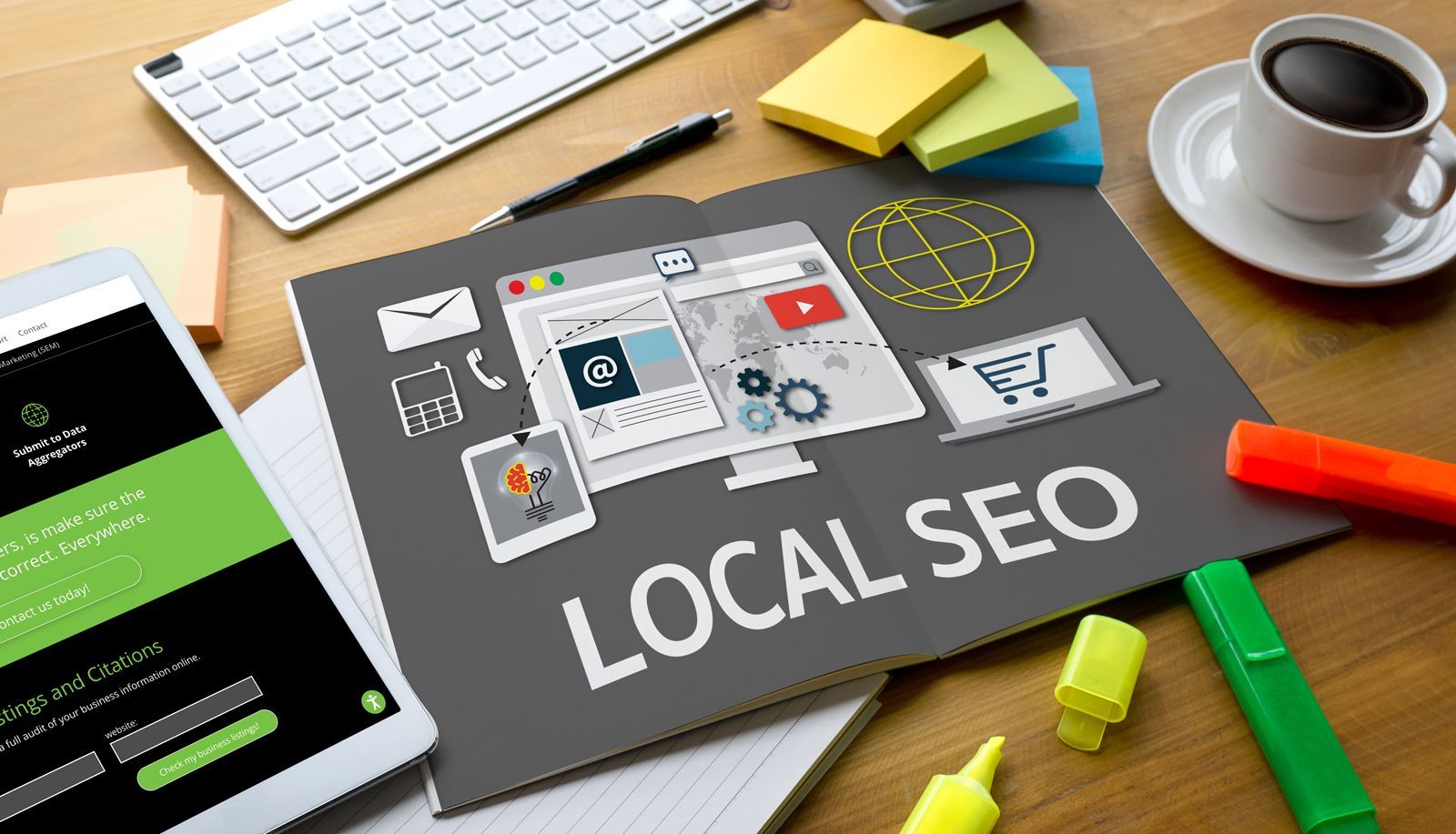How to Create High-Quality (SEO friendly) Blog Posts
Creating content that your audience will find unique and valuable is a daunting task for a lot of marketers. It takes a lot of research and always takes more time than anticipated. This post helps identify what attributes make a high-quality blog and how to make sure your work will be found by the right people.

What are the Main Qualities of a High-Quality Blog Post?
A high-quality blog post should always be written to inspire, help, or delight your readers. Whether your goal is more subscribers or more sales, your goal with the post should be serving your readers valuable content. The blog should be relevant and current. It should be understandable to your target audience, contain clear points articulated in language that they will easily understand, and should be well structured to make it easy for readers of all backgrounds to quickly scan.
A high-quality blog post typically includes 5 must-have qualities:
- Clear Goal - A clear goal is essential to any blog post because it helps readers see the purpose of the content.
- Understandable - A blog post needs to be readable and understandable to be effective.
- Well articulated - Your writing style should be easy for readers to understand without being confusing or complicated.
- Written for the right audience - I can not stress enough the importance of understanding your audience. When you are writing to your audience keep the messaging focused on them. Make sure the content is relevant.
- High-quality images/videos - Engaging visuals are essential. They compliment your topic and they also reinforce your message.

How should you structure your blog post?
A common misconception is thinking that a blog post should have a single, straightforward thesis. While this is the case in some blog posts, it's not always the best way to structure your post.
It can be much more powerful if you use a multi-thesis structure. This consists of two or more overlapping themes that link together at the end to create a coherent 'big picture' message. You can also do this using a three-pronged approach, which entails dividing your article into three sections and having one theme in each section.
Headlines and Sub-headlines: How important are they in a blog post?
Web content is the new battleground for brands and companies, and a blog post is a perfect example of this. With so much competition out there, the goal is to stand out from the crowd. One of the best ways to do this is with a strong headline. A headline that captures attention will drive more clicks and engagement with your content. But what about the sub-headlines? How important are those?
In my opinion, sub-headlines are very important to a blog post. They provide a more detailed summary of what the blog post is about and help the reader know what to expect as they read.
Sub-headlines provide an opportunity for the creator to include the keywords they are targeting. Search engines look at items like headlines and sub-headlines as holding a certain amount of value to the post. They help search engines decide what category they will put the content in when it comes to SERPs(search engine results pages.)
Keywords are an important part of optimizing your content for search engine optimization (SEO). It is important to use keywords in the title, meta description, and throughout the copy to help you rank higher on Google. If your posts are not properly optimized, it can be difficult for your audience to find them.

Include links within your blog posts
The links you add to your article and how you add them are very important. And when possible, the links should also include keywords. Below are our top 5 tips on creating effective links.
- The links should include descriptive text. Instead of saying something like this: “To learn more about our state-of-the-art security systems, click here.” which we all have seen hundreds of times, try something like this: “Learn more about our state-of-the-art security systems.” In the first example, the link to your business is “click here” and as you can imagine, that doesn’t mean much to a search engine. However if the keyword phrase, “state-of-the-art security systems” links to your business, you are reinforcing to search engines what your website provides, and more importantly, what keywords should be associated with your website.
- The quality of the pages you link to is important. Search engines like Google rate the quality and the domain authority of all websites. Google wants to make sure web developers are meeting a quality standard that provides a great user experience. If the site you are linking to has broken links or even worse, the site is not secure, the link can actually hurt your article. So avoid linking to low-quality pages.
- Don’t duplicate links. Make sure each link is unique. If you duplicate links or have an excessive amount of links to the same page the links may be ignored.
- Make sure the sites you link to are relevant to your topic and your niche. The more relevance you can add to your post the better. Don’t be afraid to link to an industry expert. If that expert has a website that search engines view as an authority, linking to them will increase your relevance and add value to your content.
- Get to understand your keywords and use them effectively. Understanding what keywords your audience is using is essential to creating content that will attract your audience and also speak to them. We already mention using keywords in the descriptive text of the link, but it is also important to include additional keywords in the sentences before and after the link.
Always be of service to your audience. Give your audience content they will appreciate and share.

Creating content on a regular basis is not easy. It is very time-consuming and should be created and published on a regular basis. In addition, creating content that is unique and valuable enough that your audience will share is extremely difficult. There is a lot of homework and research that needs to be done and often times the amount of work involved is overlooked. That work starts with truly understanding your audience.
The best way to understand your audience is to take the time to define who they are and what challenges they face. It is possible to do this internally, but in my experience identifying your audience and their needs are best done from the outside. I would highly recommend hiring a strategic planning consultant to help you identify the who, what and how.
Take the time to understand who all of your target customers are and create strategic plans around them. The more planning you can put into serving your customers, the more they will appreciate you for it.
A strategic planning consultant will help you add value to your product or service. In helping you build a marketing plan around your ideal customer you can increase the perceived value of your brand, and attract more customers. The bottom line is if you invest in strategic planning for your marketing you are guaranteeing a greater ROI for your business.
____________________________________________________
I hope this post was helpful. For a free consultation on ways you can improve your post, please contact Clover Creative Group for a free content audit and tips.
Media Contact
Company Name: Clover Creative Group LLC
Contact Person: Shawn Dixon
Email: Send Email
Phone: 603-677-7032
Address: 234 Camp Rd.
City: Plainfield
State: New Hampshire
Country: United States
Website: clovercreativegroup.com
Did you find this article helpful? Please consider sharing.







